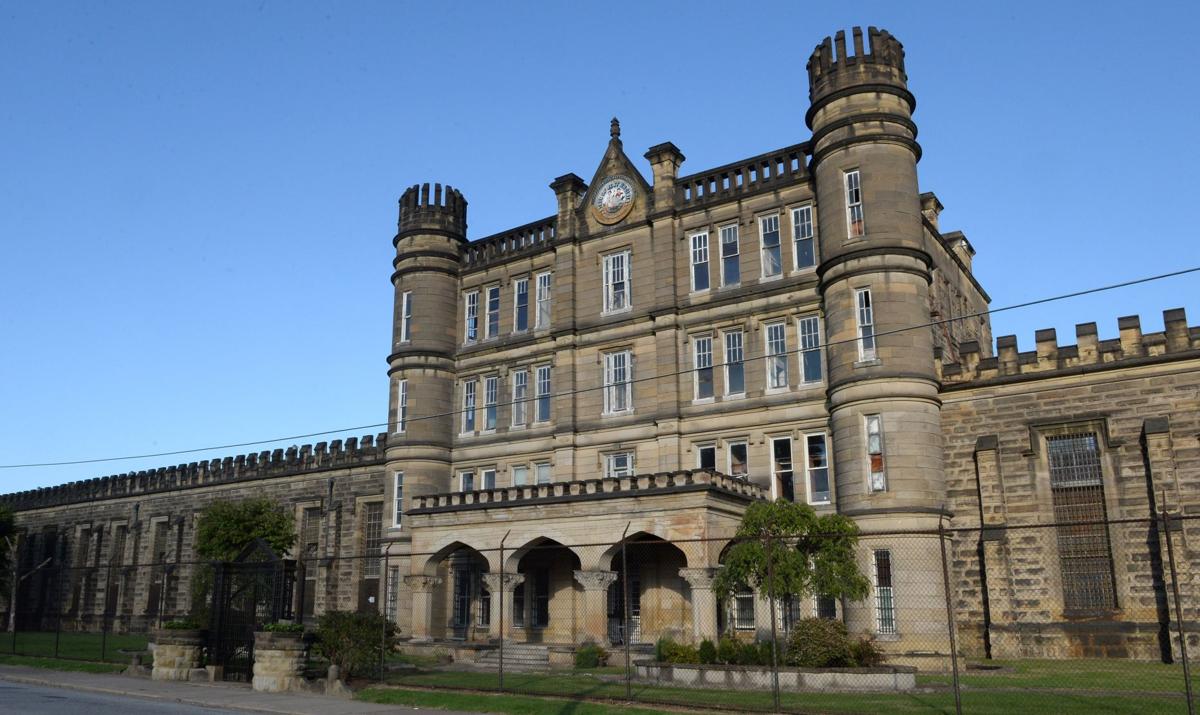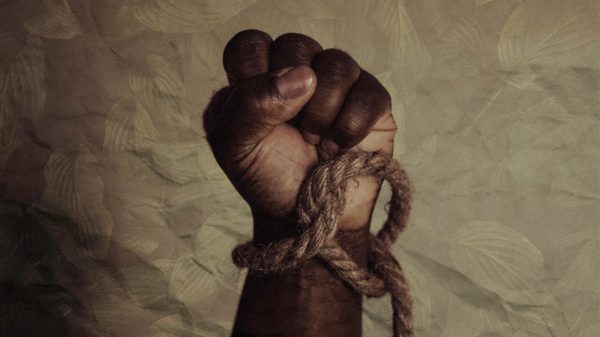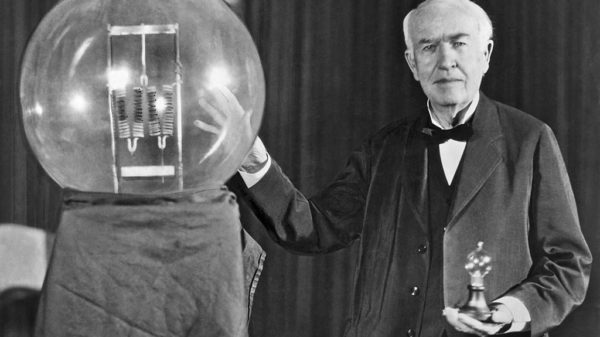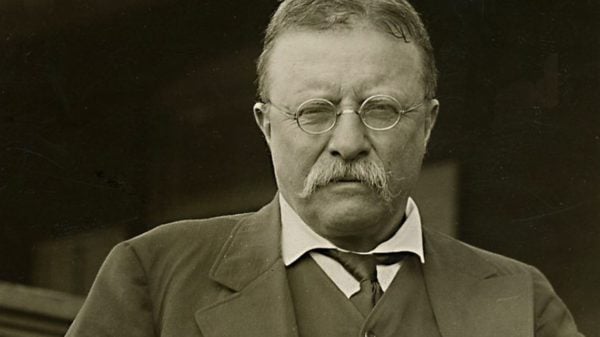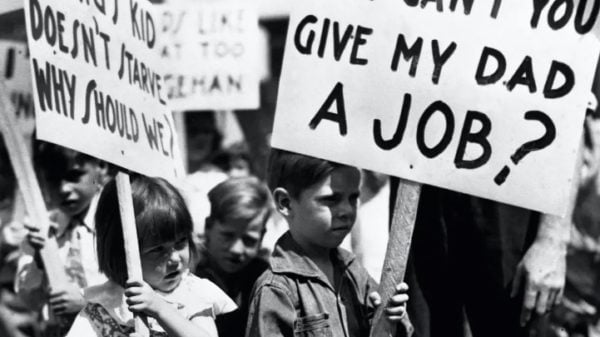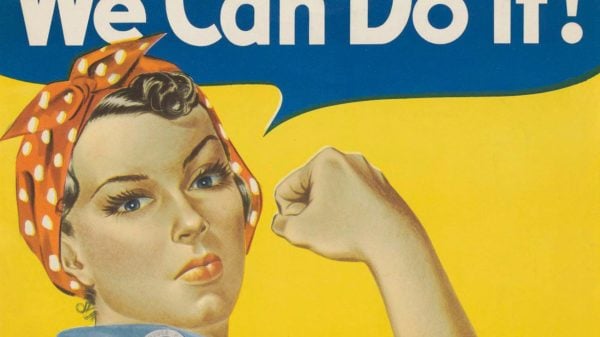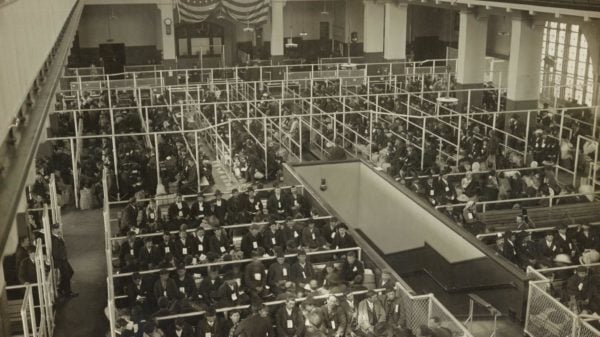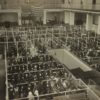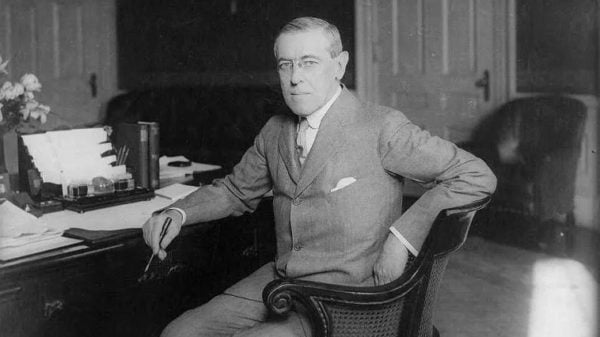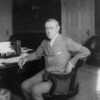The West Virginia Prison was built in 1866 and operated until 1995. During the time of its closure, there were about 660 prisoners and more than 30 workers. Some of the walls in the communal rooms had murals made by a couple of the incarcerated individuals.
The structure had four areas: Honor Hall, where it had more lenient security and various privileges were provided to the occupants; New Wall, which was the general population; Rat Row was the section for prisoners who were key witnesses or testified in high-cases which needed superior protection; and the North Hall or called as The Alamo, the place were the incarcerated had to stay for a day in a 5×7 ft. cell due to bad behavior.
The Occupants
Several mysterious tales have been said about the penitentiary. One popular story was about Charles Manson’s time, and later on petitioned to be moved to another location. The handwritten letter can still be seen in the execution room. On 1986 New Year’s Day, a rebellion occurred, which led to the governor pacifying the situation. The convicts later received a new cafeteria but only after a couple of men, said to be the snitches, were executed. A few years later, three prisoners managed to trick and escape through the greenhouse in the yard.
Throughout its operation, more than 90 inmates were executed because of the crimes they committed. It was all performed by hanging, and it was made public. In 1931, it was different since the convict was executed through decapitation. Since then, the execution events were held by invitation only. This limited the audience to the prisoner’s family, clergy, victims, coroner, and media. Once capital punishment was reinstated in the state, a convict was commissioned to create an electric chair.
The Women Convicts
There were women inmates housed in the facility until 1947. They later moved to the new Pence Springs state prison. In 1920, the Female Department was moved to the North Recreation Yard. The building had two levels and a separate kitchen and dining area. About 50 females worked in the shirt shop that made garments for men inmates. The rest of the women were working on domestic tasks in the department.
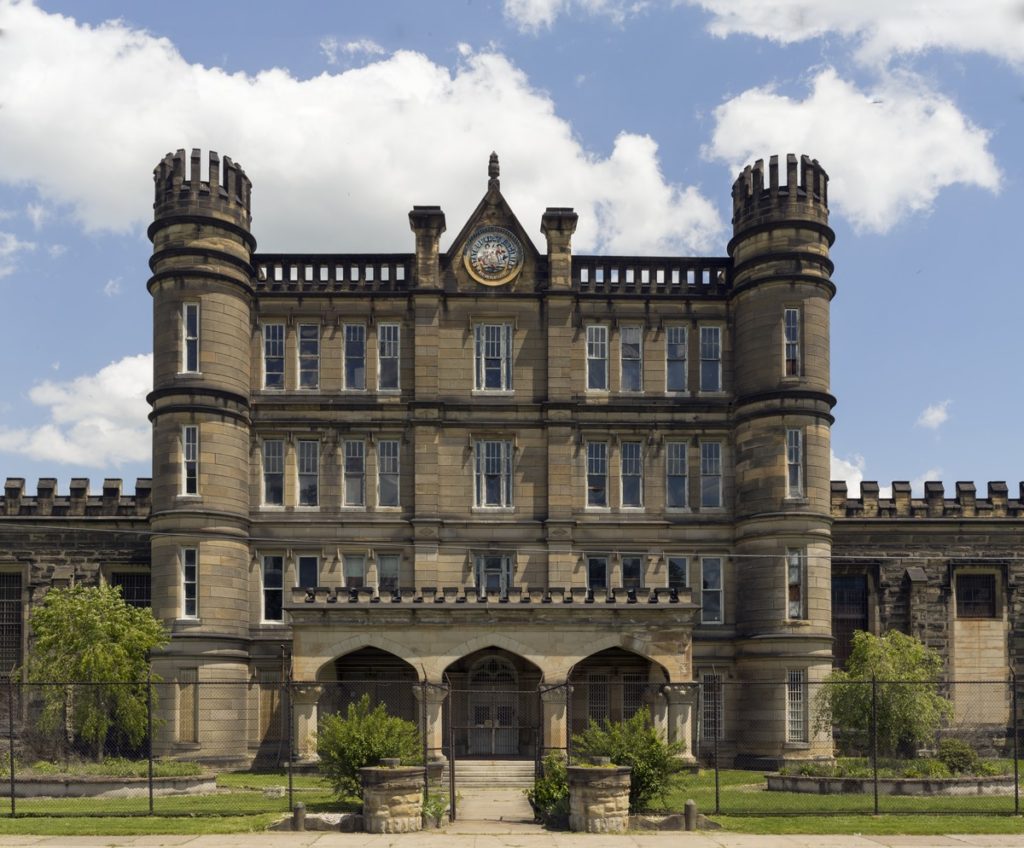
The state penitentiary with Gothic architectural design.
Weird Stories
Apart from the unusual tales, there were eerie kinds too. Some visitors shared that they’ve seen a man’s silhouette that walked around the grounds. Furthermore, the prison was created on the grounds of a sacred burial place of the Adena tribe. This statement was proven by Grave Creek Mound Archaeological Complex, which was built opposite the said cemetery. This complex is the biggest of the Adena Burial mounds and the only one that exists in Moundsville.
The oldest state penal building in West Virginia is the West Virginia State Penitentiary. The structure was formed a couple of years following the formation of the state in the Civil War. It went to serve the public and convicts until 1995. It has an intricate Gothic Revival architectural design, battlements and towers, and crenellation, showing a strong fortress from afar. The place is an excellent representation of the state in terms of the Auburn Style of construction and prison architecture.


